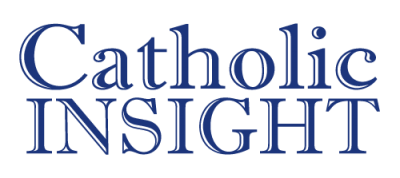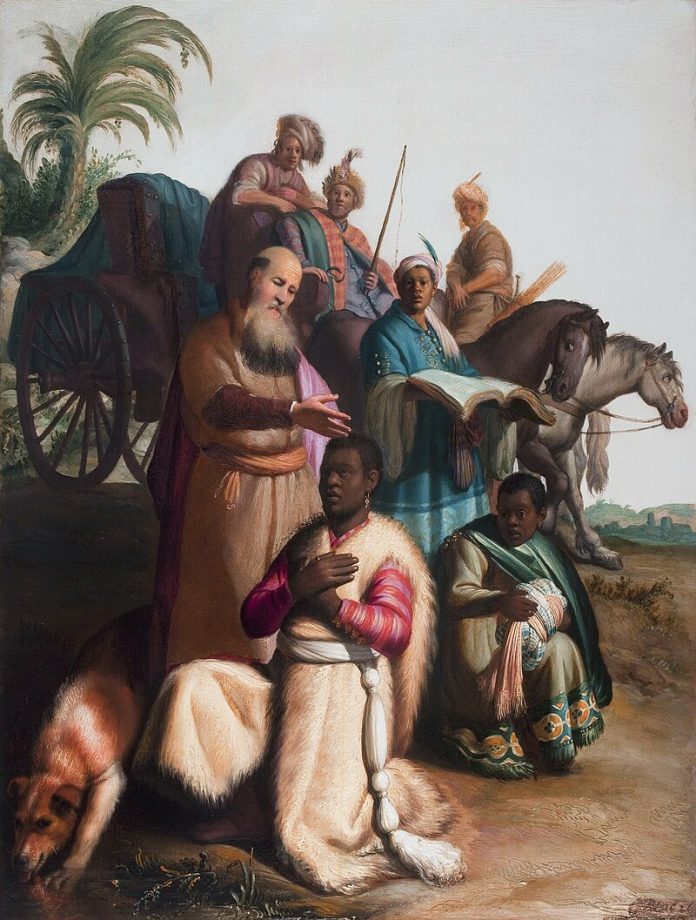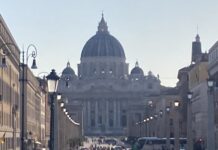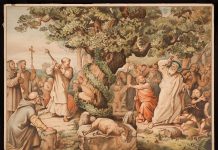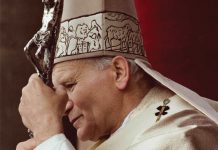Lent is a fitting time for Christians to re-evaluate some of the essentials that are often taken for granted in the faith. Catholics are called to re-engage with our spiritual lives by focusing our prayer, fasting and almsgiving. Parishes offer extended times for confession alongside a dedicated service. Catechumens and other OCIA candidates begin their earnest preparation for reception into the Church. Because of this refocus on the essentials, and because we will be celebrating this in a special way soon, let’s reflect on an important component of the sacramental life and how it can help us grow spiritually- the relationship between Baptism and Holy Communion.
The fact that one must be baptized in order to receive Communion has been taken for granted for most of Christian history. While the most apparent controversy amongst Christians likely has more to do with Reconciliation and Communion, this important relationship is actually based upon the connection the Eucharist has with Baptism. There are two biblical examples that highlight this connection:
The first example of this connection is found in the famous foot-washing by Jesus in John 13. We celebrate this every Holy Thursday, also known as Maundy Thursday, in the Church with a ceremonial foot-washing at Mass. Here, John presents Jesus in the manner of a servant, pouring water into a bowl, washing the disciples’ feet and drying them with a towel (John 13:5). Peter questions this action in John 13:6 because Jesus, the Master, is taking on the role of a servant. This event carries an interesting parallel to the pause that St. John the Baptist takes upon Jesus’s request for baptism in Matthew 3:14. Just as John’s baptism of Jesus fulfilled all righteousness then, this baptism of Peter fulfills a certain righteousness as well. Jesus replies that while Peter does not understand now, if he is not washed by Jesus then he will “have no inheritance” with him (John 13:8). This is all done before the institution of the Eucharist at the Last Supper, whereupon the Apostles will not only receive the first Eucharist but become ministers of the Eucharist themselves. Peter, along with the other Apostles, must first be washed before he can receive the Eucharist. Jesus calls it his inheritance because the priests in the Old Testament also received an inheritance which was “the Lord” according to Deuteronomy 18:2. The Apostles would receive the Lord as their inheritance, but only after being washed.
The second example, fittingly, is reiterated in Revelation 22:14, whose author is traditionally considered to be the same as the Gospel of John. The chapter begins with an image of a “river of life-giving water” that flows from “the throne and the Lamb” (Revelation 22:1). This water will prove important later as it is those who “wash their robes” are the ones who can eat from “the tree of life” (Revelation 22:14). The Church Father, St. Justin Martyr (+165), recognized the Cross as the new “tree of life” and makes reference to the “fruit” that hangs from it (Dialogue with Trypho, 86). The fruit that hangs from the new tree of life, the Cross, would be Jesus, which Catholics recognize as the Eucharist at Mass. If we must be “washed” before we can eat from it, then this must be a reference to baptism. We return to a state beyond the pre-fallen sinlessness of Adam and Eve, one that reflects the perfection of Jesus’s human nature. This is because, going back to the Last Supper, baptism is a participation in Christ.
As we persevere through these final days of Lent, looking forward to the great gift of the Eucharist given to us on Holy Thursday and celebrated triumphantly on Easter Sunday, let us remember the essential gift of baptism that makes our participation in the Eucharist possible.
